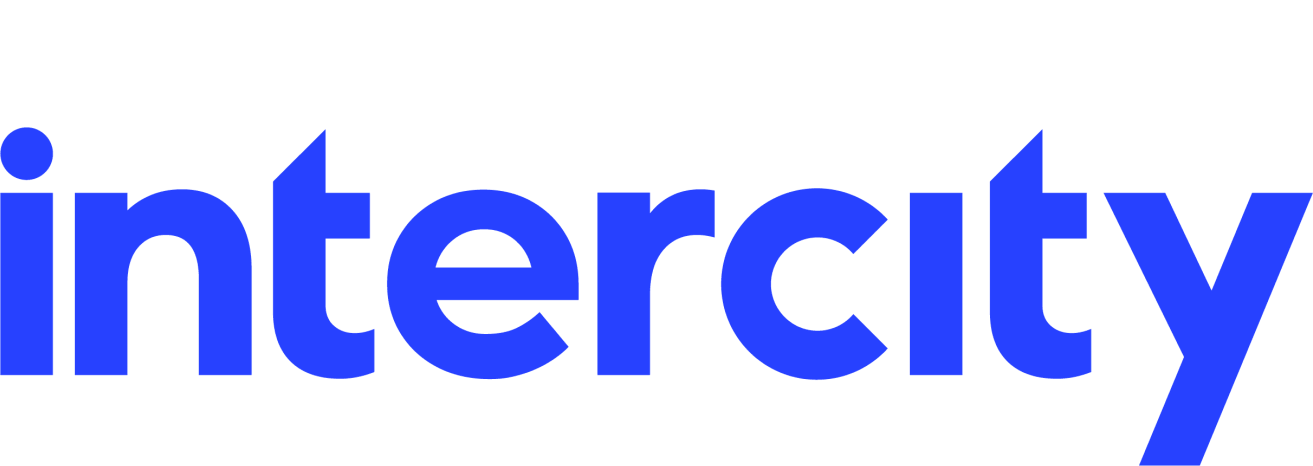
Would you consider your organisation to be an IT leader? According to the IT users we surveyed, most organisations are way behind the times.
Intercity conducted recent research into attitudes towards technology in the workplace and its impact on productivity amongst both IT Managers and IT users, as detailed by our white paper ‘Do you know what you don’t know?’, which uncovered that most users feel that IT departments are not supporting current working trends, such as remote working.
In fact, the majority of users felt IT departments were 21 months behind supporting current working trends, on average. A third (33%) felt that their IT team was more than 2 years behind. Interestingly, of those who felt that their team was more than 2 years behind, 36% of them worked in companies with 500 or more employees.
When introducing new technology, there will always be concerns around security and costs but clearly, not embracing new technology can prevent a company from becoming more productive and achieving their overall business objectives in the long-term.
Regardless of company size, are your IT team and senior management thinking innovatively when it comes to enhancing business productivity through new or updated technology?
Here’s how to tell the difference between an IT leader and an IT laggard:
- IT leaders use new technology to innovate within their businesses and introduce change, not just to keep operations running. They identify business objectives and goals and tie in the introduction of new technology to those specific goals. IT infrastructure is at the heart of the business, leading to enhanced levels of productivity and efficiency.
- IT laggards don’t believe that technology can innovate or make companies respond better. They are not interested in deploying IT to ensure business change and tend to focus on just maintaining infrastructure.
- Laggards look internally and don’t examine the impact that IT has made on business productivity within other organisations to ensure best practice and improvements within the company.
- IT laggards spend more of the IT budget on maintenance, perhaps because the right tools are not in place already, whereas IT leaders focus on minimising risk and maximising security, whilst ensuring the right, most up to date tools are implemented.
- Laggards use time, money and a lack of internal expertise or resources as an excuse for not implementing new technology, whereas leaders refuse to see these factors as limiting and focus on how they can move forward, regardless of the obstacles.
- IT leaders see the potential to increase responsiveness and the customer experience through technology, as well as opportunities to enhance upselling, customer satisfaction and retention.
These examples demonstrate that cultural factors determine whether an organisation is ultimately an IT leader or a laggard. At board level, a cultural shift must occur to acknowledge the importance of technology for advancing business performance. Furthermore, IT Directors and CIOs must undertake a leadership role in ensuring that the organisation is not lagging behind in terms of technological advancement.
To some extent, a perceived IT lag could be a user misconception and perhaps users are simply expecting too much. Regardless of whether an IT lag is a misconception or a reality in your organisation, demonstrating the mind-set and behaviour of an IT leader is the best way to boost productivity and steer the business in the right direction.
Subscribe to our newsletter
YOU MAY ALSO BE INTERESTED IN:


